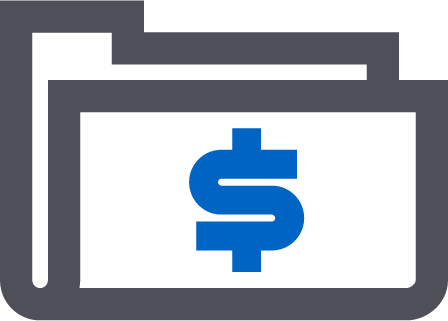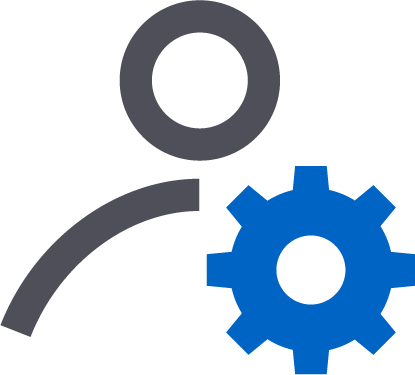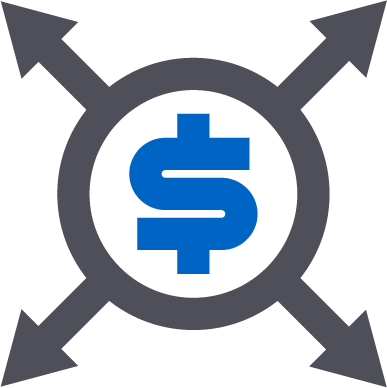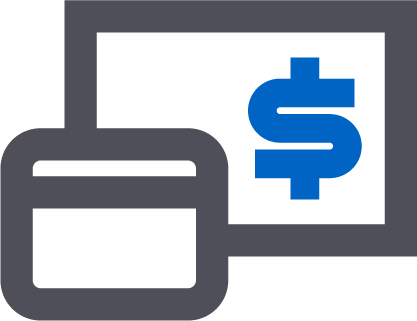Click Here to Download PDF of Blog
The short answer to the first proposed question is simple: Artificial Intelligence is sparking a generational transformation, similar, or even greater than that of the combustion engine, the radio, or the internet. The second part of the question is more complex, given the inherent idiosyncrasy of what truly constitutes a bubble.
When looking back at the major bubbles in history, (Dutch Tulips, 1980s Japanese assets, Dot-Com Bubble, US Housing Bubble) the basic common thread is irrational exuberance, a term coined by former Federal Reserve Chairman Alan Greenspan in 1996:
"But how do we know when irrational exuberance has unduly escalated asset values, which then become subject to unexpected and prolonged contractions…”
With such a loose definition, identifying, predicting, and timing bubbles is a nearly impossible task. Despite what academia would suggest, markets can stay inefficient and irrational for a very long time, making timing a collapse or “pop” of a bubble an ill-advised investment strategy for investors. Continuing to lean on the wisdom of great economic minds, John Meynard Keynes famously stated:
“Markets can remain irrational longer than you can stay solvent”
The most recent and comparable bubble to what we may be experiencing now with artificial intelligence is certainly the Dot-Com Bubble of the late 1990s/early 2000s. The internet was a new technology that was set to revolutionize every industry it touched, and the exuberance that followed led to rapid, violent expansion in the stock prices of nearly any company tying their business to the prospects of the internet. Famously, Pets.com was launched in 1998 and subsequently failed in 2000, going down as one of the largest failures of the Dot-Com Bubble. Pets.com, a simple e-commerce company firm for pet supplies, IPO’d amid the craze of the “dot-coms,” resulting in incredible attention from the stock market despite its lackluster fundamentals and limited business case.
Bubbles spark fear, as we all know. In just the last 25 years, we’ve seen the Dot-Com Bubble spark The Lost Decade for US Stocks, followed by the Great Financial Crisis caused by a housing bubble. Lookback bias may suggest that everyone saw these crashes coming (with the likes of Michael Burry), but in reality, the craze and perceived growth prospects of these industries naturally pulled a cloak over our focus on fundamentals when these bubbles were forming.
Let’s get back to the present day.
As of this writing (end of November 2025), the market is grappling with high valuations among US mega caps, and the S&P 500 and NASDAQ 100 have drawn down month-to-date, primarily citing fears (or apparently blatant evidence, to some) of an AI bubble.
While there certainly is evidence of bubble-forming activity, our base case is that any bubble in the AI trade is in the early innings. Here are a few things that worry us:
1. The circular nature of AI funding deals. This deal flow is being labeled as creating a “house of cards,” as some companies are making capital commitments that far outweigh their current earnings, revenues, or cash piles. Case in point, the $300 billion deal between Oracle and OpenAI is already underwater within just two months (via Financial Times). Systemic risk grows the more interconnected the industry becomes.

Source: Bloomberg News, October 2025
2. AI company valuations are outside of historical norms and have been for some time. Trailing P/E ratios are showing multiples that exceed the broad market by significant margins in some cases. Counterpoint here, current forward P/E ratios (based on expected earnings) are much more palatable, but reliance on forward expectations always come with a degree of caution.

Source: Bloomberg News
3. Investors are anticipating more risk in tech. Credit Default Swaps (CDS) act as insurance against default. Investors can purchase CDS’s to hedge their long exposures, and as a purchaser of this protection, the spread is the price you pay for that protection. That spread is getting larger as protection against tech defaults is more in demand.

Source: TopDown Charts
Now, a question that is never too fun to answer:
How could this time be different?
In comparison to the Dot-Com Bubble where new issuances and stock prices were exploding with often little fundamental value behind them, today’s tech companies leading the AI transformation are largely market leaders that are both flush with cash and have posted incredible growth rates in earnings. Also, IPO activity is nowhere near what we saw in the late 1990s, and that rush of corporate insiders cashing out by going public typically manifests as a bubble is close to popping.

Source: FactSet, November 2025
This isn’t to say that NVIDIA’s stock price increasing roughly 240% in 2023, 170% in 2024, and 33% year-to-date is the healthiest market behavior, but there is significant, and proven, earnings potential behind the likes of NVIDIA and The Mag 7.

Sources: JPMorgan (Earnings Growth), Factset November 2025 (Free Cash Flow)
While bubbles are generally identified based on stock prices, valuations, discount rates, forward growth prospects, etc., markets, at the end of the day, are heavily sentiment driven, and the formation of bubbles is no different. Investor sentiment is nowhere near the outsized bullish range where we would consider a bubble pop imminent. Relative to today, sentiment was much higher throughout 2023-2024, and sentiment has generally neutralized more recently, pointing to a more rational average investor and balanced view of the AI trade.

Sources: AAII Investor Sentiment Survey, Factset November 2025
Let’s put this all together. Are we in an AI bubble?
We could be, but if we are, we think it’s in the early days, and the AI trade should have much more room to run.
Valuations are stretched, circular deal flow is concerning, and mega caps generally don’t realize sustainable growth rates anywhere near what we’re seeing today. However, earnings and free cash flow are strong among AI market leaders, and markets and governments around the world are highly likely to bet on the success of artificial intelligence. It’d be difficult to argue that AI is not poised to be the most transformational technological development in human history, so we’re not betting against it.



























